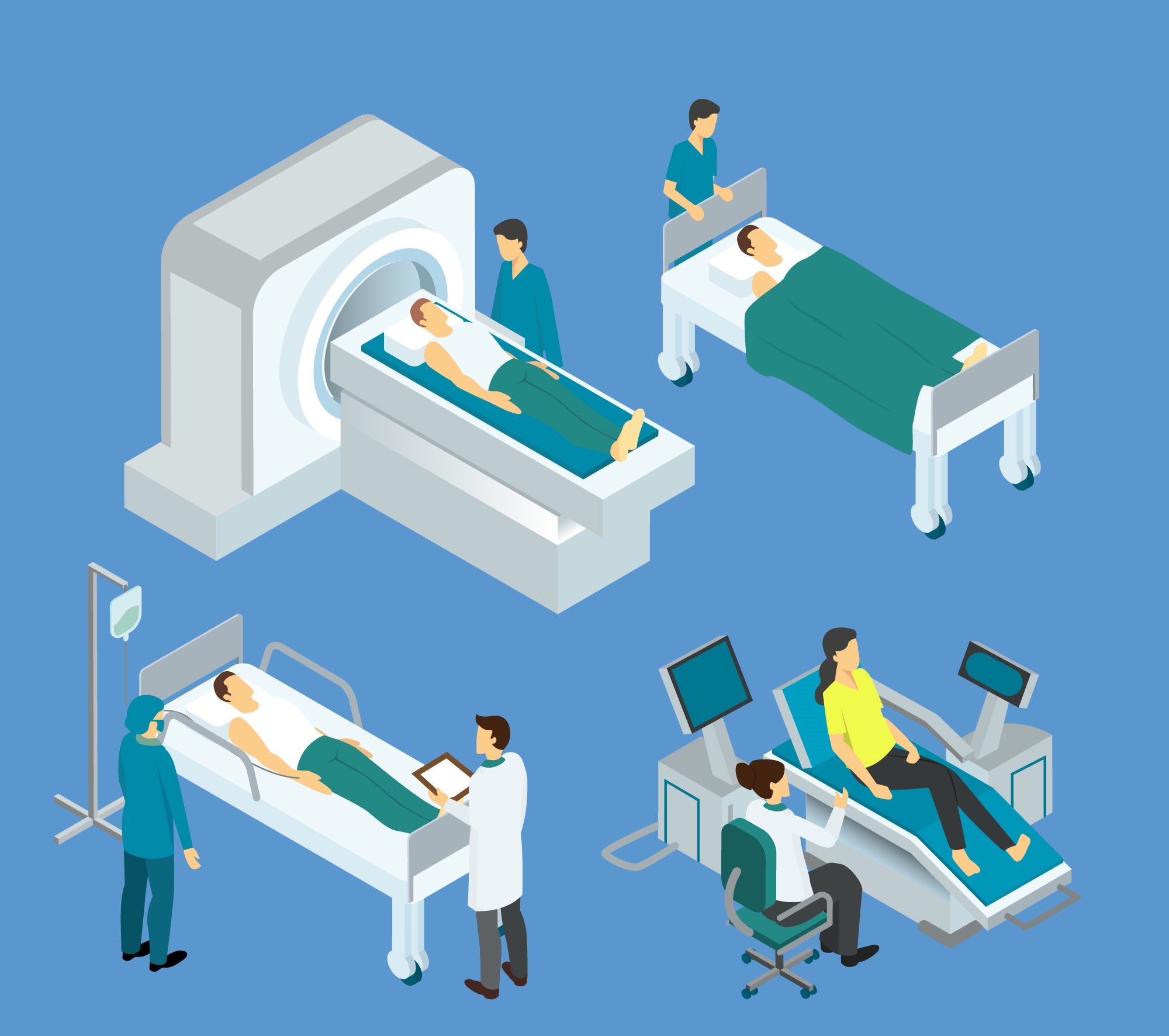
Mobility is a fundamental human need, and for those unable to move independently, a wheelchair can be a valuable tool for enhancing their mobility and quality of life. In Pakistan, where there is a significant population of people with disabilities, finding a suitable wheelchair is essential. However, choosing the right wheelchair can be a daunting task, as many factors must be considered. The suitable wheelchair depends on individual needs, including mobility requirements, physical abilities, lifestyle, and personal preferences.
This article will provide a comprehensive guide to help you choose a suitable wheelchair in Pakistan. We will explore the types of wheelchairs available, factors to consider when selecting a wheelchair, and some of the top wheelchair brands available in Pakistan. Whether you are an individual in need of a wheelchair or a caregiver helping someone choose a wheelchair, this guide will provide valuable information to help you make an informed decision. With a suitable wheelchair, you can improve your mobility, independence, and quality of life.
Types of Wheelchairs:
There are several types of wheelchairs available in Pakistan, each with unique features and advantages. When choosing a wheelchair in Pakistan, it’s essential to consider the user’s needs and mobility requirements. Here are the main types of wheelchairs available in Pakistan:
Manual Wheelchairs:
Manual wheelchairs are the most common type of wheelchair available in Pakistan. They are propelled by the user’s arms, which move the wheels. BThey are typically lightweight, compact, and easy to maneuver. They can be used indoors and outdoors on smooth and uneven surfaces.
There are two main types of manual wheelchairs: standard and lightweight. Standard manual wheelchairs are made of steel and are heavier, while lightweight manual wheelchairs are made of aluminum and are more portable. Manual wheelchairs can also be self-propelled or pushed by an attendant.
Electric Wheelchairs:
Electric wheelchairs, also known as power wheelchairs, are powered by a battery-operated motor. They are designed for individuals who have limited upper body strength or mobility. Electric wheelchairs can be operated using a joystick, chin control, or sip-and-puff system. They are suitable for both indoor and outdoor use and have a longer battery life than before. Electric wheelchairs come in various sizes and designs to accommodate different needs. They are more expensive than manual wheelchairs but provide greater independence and mobility.
Transport Wheelchairs:
Transport wheelchairs are designed for short-term use and are lightweight and compact. They are typically pushed by an attendant and are not suitable for self-propulsion. They are ideal for transportation and can be easily folded and stored in a trunk or closet. Transport wheelchairs are ideal for individuals who need assistance with mobility and transportation, such as those recovering from surgery or injury.
Standing Wheelchairs:
Standing wheelchairs are designed to enable the user to stand while seated. They are ideal for individuals with limited mobility or who cannot stand independently. Standing wheelchairs can be manually or electronically operated in various designs and sizes. Standing wheelchairs provide several benefits, including improved circulation, bone density, and respiratory function. They also promote independence and improve the user’s quality of life.
Sports Wheelchairs:
Sports wheelchairs are designed for individuals who participate in sports and recreational activities. They are lightweight, agile, and easy to maneuver. They are available in several designs, including basketball wheelchairs, rugby wheelchairs, and tennis wheelchairs. Sports wheelchairs are designed to provide stability, speed, and agility during physical activity. They are also adjustable to accommodate the user’s specific needs and preferences.
Beach Wheelchairs:
Beach wheelchairs are designed for individuals who want to enjoy the beach and the outdoors. They have oversized wheels that make navigating through sand and other terrains easier. They are available in manual and electric designs and can be used on beaches, parks, and other outdoor areas. Beach wheelchairs are a great way to promote independence and allow individuals with mobility issues to enjoy the outdoors without limitations.
Overall, there are several types of wheelchairs available in Pakistan to accommodate different needs and preferences. It’s important to choose a wheelchair that meets the user’s mobility requirements and promotes independence and comfort.

Factors to Consider When Choosing a Wheelchair:
When choosing a wheelchair, there are several factors that you should take into consideration to ensure that you select the right one for your needs. These factors include your mobility level, lifestyle, personal preferences, and budget. Here are some of the critical factors to consider when choosing a wheelchair:
Mobility Level:
Your mobility level will play a significant role in determining the type of wheelchair you need. Suppose you have limited mobility and require assistance with mobility. In that case, you may need a manual wheelchair that is propelled by a caregiver or a power wheelchair that is operated by a joystick. Suppose you have some mobility but require additional support and stability. You may need a lightweight or heavy-duty wheelchair with specific features such as elevating leg rests, tilt-in-space, or reclining backrests.
Lifestyle:
Your lifestyle is another important factor to consider when choosing a wheelchair. For example, if you are an active person who enjoys outdoor activities such as hiking, you may need a wheelchair designed for rough terrain and off-road use. If you frequently travel, you may need a portable and lightweight wheelchair that is easy to transport and can be easily disassembled or folded.
Personal Preferences:
Your personal preferences will also play a role in determining the type of wheelchair that is best for you. For example, you may prefer a wheelchair with specific features such as padded armrests or cushioned seats. Additionally, you may prefer a wheelchair that has a particular style or color.
Budget:
Your budget is also a critical factor to consider when choosing a wheelchair. Wheelchairs can range in price from a few hundred to several thousand dollars, depending on the type, features, and quality. It is important to select a wheelchair that is within your budget but also meets your needs.
Considering these factors, you can choose the suitable wheelchair that will provide you with the support, mobility, and independence you need to live your life to the fullest. It is also essential to consult with a healthcare professional, such as a physical therapist or occupational therapist, who can guide you in selecting the suitable wheelchair for your needs.
Hospital beds are specialized medical equipment designed to provide comfort and support to patients who require extended periods of bed rest due to illness, injury, or disability. These beds are essential for hospitals, nursing homes, other healthcare facilities, and patients who require in-home care. Choosing the right hospital bed is critical to patient safety, comfort, and well-being.
In Pakistan, the demand for hospital beds has increased in recent years due to the growing aging population and the rising incidence of chronic diseases. As a result, many different types of hospital beds are available on the market, each with unique features and capabilities. Choosing the right hospital bed for your needs can take time and effort, especially if you are unfamiliar with the various types and features available. This guide is designed to help you navigate the complex world of hospital beds and make an informed decision when choosing a bed for yourself or a loved one.
Factors to Consider When Choosing a Hospital Bed:
Patient’s Needs:
The first and foremost factor to consider when choosing a hospital bed is the patient’s needs. Patients with mobility issues or who are bedridden require a different bed type than those who can move freely. It would help if you considered the patient’s height, weight, and level of mobility when selecting a bed.
Type of Illness:
The type of illness or injury also plays a crucial role in determining the type of hospital bed required. Patients with respiratory problems, for example, may need a bed with an adjustable headrest to keep them in a semi-upright position. Patients with pressure sores may require a bed with an air mattress to prevent bedsores.
Safety:
Safety is another essential factor to consider when choosing a hospital bed. Hospital beds have various safety features, including side rails, locking wheels, and brake systems. It would help to consider the patient’s safety when selecting a bed.
Cost:
Hospital beds are expensive and vary depending on the type and features. You need to consider your budget when choosing a hospital bed. It is essential to balance the cost and the features required.
Comfort:
Comfort is also a critical factor to consider when choosing a hospital bed. The bed should be comfortable and provide adequate support to the patient. Bedridden patients require a bed that offers pressure relief to prevent bedsores.

Types of Hospital Beds:
Manual Hospital Beds:
Manual hospital beds are operated using hand cranks to adjust the position of the bed. These beds are typically less expensive than full-electric beds and require less maintenance since they have fewer electrical components. However, they require more physical effort to operate, which can be a concern for patients with limited mobility or strength. Manual beds also have limited adjustability options compared to full-electric beds, which can impact patient comfort and care. Despite these limitations, manual hospital beds can still be a practical option for certain healthcare facilities and patients with less complex care needs.
Semi-Electric Hospital Bed:
Semi-electric hospital beds are operated using electricity for some functions, such as raising and lowering the headrest and footrest. The bed’s height is adjusted manually using a crank. Semi-electric hospital beds are more expensive than manual ones but offer more features.
Full-Electric Hospital Bed:
Full-electric hospital beds are powered by electricity and offer a range of positioning options that can be adjusted using a remote control. These beds provide maximum comfort and convenience for patients who require assistance with repositioning themselves or getting in and out of bed. They typically feature a head and foot section that can be raised or lowered independently, as well as a height adjustment function. Full-electric hospital beds are commonly used in hospitals, long-term care facilities, and home care settings to provide optimal patient care and ensure the safety and well-being of patients.
Bariatric Hospital Bed:
Bariatric hospital beds are designed to accommodate patients weighing over 350 pounds. They have a wider frame and a higher weight capacity than standard hospital beds.
Low Hospital Beds:
Low hospital beds are designed for patients at risk of falling out of bed. They are closer to the ground than standard hospital beds, reducing the risk of injury if the patient falls out of bed.
Conclusion:
In conclusion, technology has transformed many aspects of modern society, particularly in how we communicate and access information. While technology has brought about many benefits, such as improved healthcare, increased efficiency in business, and enhanced entertainment options, it has also had some negative impacts, such as job displacement, increased sedentary lifestyles, and decreased face-to-face communication. One of the most significant benefits of technology is the ability to access information quickly and easily. With the internet, people can find answers to virtually any question, connect with people worldwide, and access a wealth of educational resources. This has led to more significant opportunities for learning and increased access to education for people in remote or underserved areas. Additionally, technology has improved healthcare by allowing for more accurate diagnoses, remote consultations, and faster, more effective treatments.
In the business world, technology has revolutionized the way companies operate. Technology has improved efficiency and productivity from automation and robotics to artificial intelligence and machine learning, allowing businesses to operate more effectively and compete in a global marketplace. Additionally, e-commerce has allowed businesses to sell their products to customers worldwide, opening new markets and creating new growth opportunities. However, technology has also had some negative impacts. One of the most significant is job displacement.
As automation and artificial intelligence become more advanced, many jobs previously performed by humans are becoming obsolete. This can lead to increased unemployment and economic inequality. Additionally, the rise of technology has led to more sedentary lifestyles, which can adversely affect physical and mental health. Another negative impact of technology is decreased face-to-face communication. While technology has made it easier than ever to connect with people, it has also led to a decline in in-person interactions. This can adversely affect social skills, emotional intelligence, and mental health.




